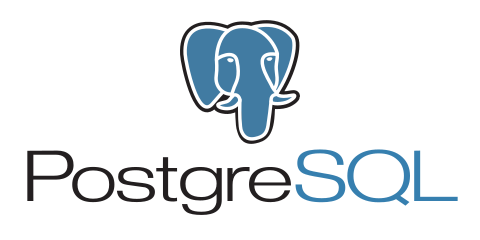

Remember, when you are deploying the database to Xojo Cloud, you need to pass along the database name using the proper lowercase and uppercase characters in its original name. If you aren’t already familiar with Xojo Cloud, it’s simple, secure, maintenance-free hosting for your Xojo web apps.įor the first tip, which involves SQLite databases, this is the scenario: Let’s say you added a SQLite database to the project using a Build step and set the proper Folder/Subfolder, and then you connect to it from the Session.Opening event (or any other, for this case) in order to access its tables.Įven if you are running your Web app in local or debug mode (from the IDE) the connection to the SQLite database works, no matter if you’re typing the database file name in either upper or lowercase.


Based on recent conversations with a couple Xojo users, here are a few quick tips for uploading and working with SQLite and MySQL databases on Xojo Cloud.


 0 kommentar(er)
0 kommentar(er)
